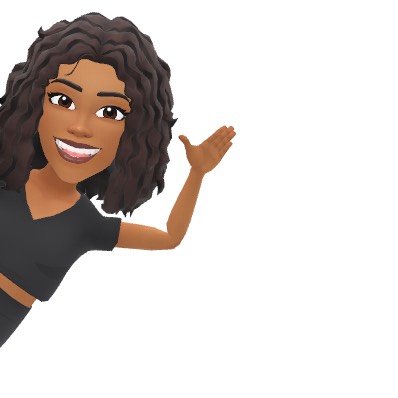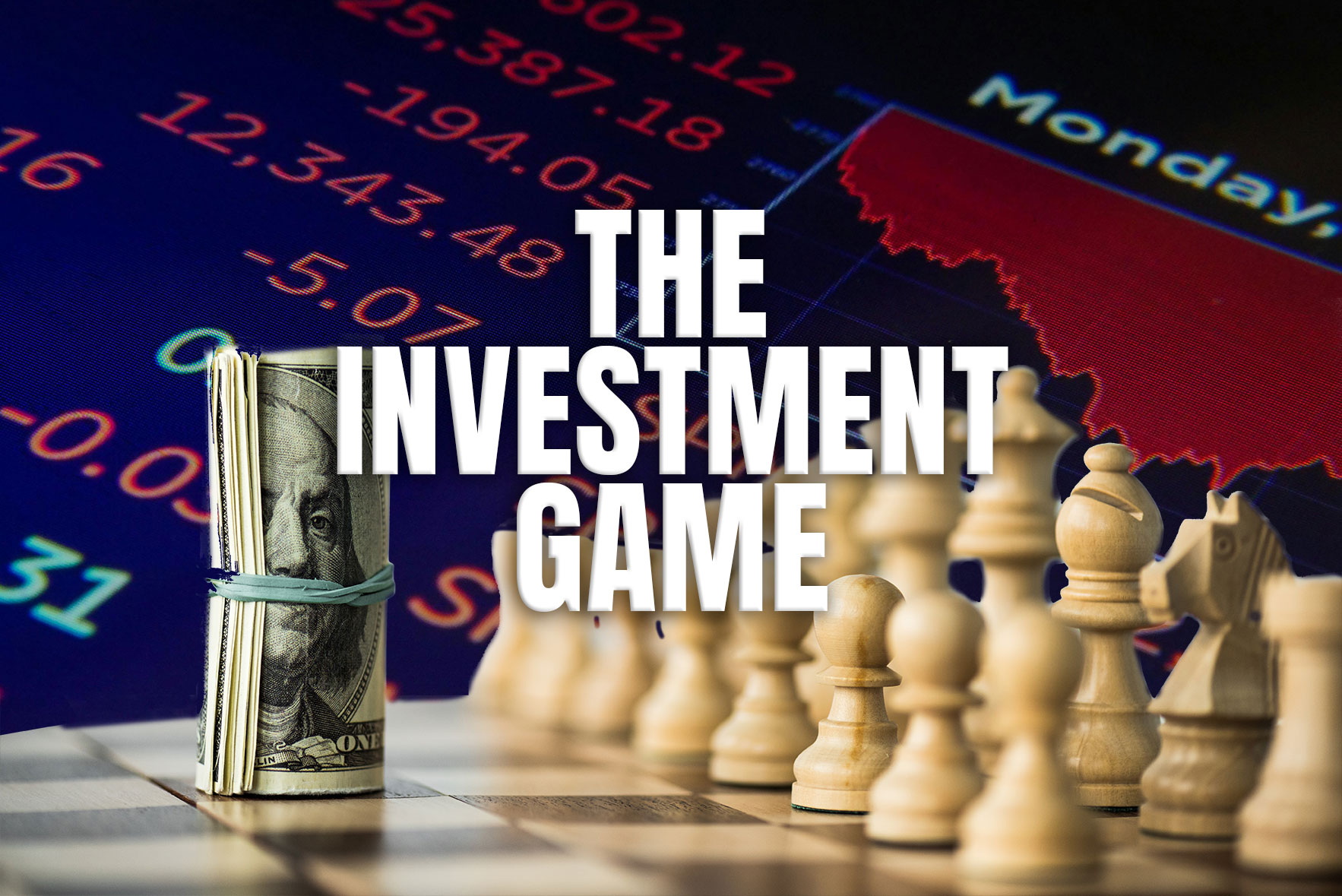Your Financial Balance Sheet: Building a Relationship with Your Money
Creating your balance sheet isn’t about judgment or shame – it’s about clarity. You can’t improve what you don’t measure.
What’s a balance sheet? Glad you asked – it’s the first step towards understanding your finances in a way that’s actually realistic and manageable. Think of a balance sheet as your financial snapshot; it shows exactly where you stand at this exact moment. No guesswork, no “well I’m pretty sure…”, it’s what you own vs what you owe. Plain and simple. Assets minus liabilities equals your net worth (yes, everyone has net worth, not just billionaires). Knowing this number helps you make financially informed goals and decisions, which is a game-changer in your twenties and thirties.
What You Own (Assets)
Your assets fall into three main buckets:
Liquid Assets are your financial safety net – money you can access quickly when life happens. This includes your checking account, savings account, and money market accounts (which are basically savings accounts with better interest rates that still let you get your cash easily). Making sure these accounts have sufficient funds should be your first priority.
Investments are where your money goes to work for you instead of the other way around. This includes stocks, bonds, retirement accounts like your 401(k) or IRA, mutual funds, and real estate investments. Unlike liquid assets, investments are not for short-term needs. You put money in an investment account, you leave it be, and you let it grow. As an aside – if your company offers a 401(k) match and you’re not taking it, you’re literally leaving free money on the table.
Tangibles are physical things with real value that you own – your paid-off car, a home you own outright, or valuable items you’ve inherited (valuable meaning an appraiser came in and told you its dollar value, things that only hold value to you unfortunately don’t count). Note the “paid off” part – if you’re still making payments, you don’t own it.
What You Owe (Liabilities)
Now for the less fun part, but equally as important to track.
Debt includes everything you’re paying interest on; credit card balances (especially these – they’re wealth killers), car loans, student loans, mortgages, and lines of credit. Each of these chips away at your financial foundation every month through interest payments.
Bills that count as liabilities are the ones you’ve fallen behind on – past due utilities, back taxes, or any bills in collections. The current bills you pay on time don’t count here because they’re just part of your monthly cash flow.
Why This Matters More Than You Think
Creating your balance sheet isn’t about judgment or shame – it’s about clarity. Maybe you’ll discover you have more assets than you realized, or maybe you’ll see that your debt is actually manageable with a plan. Either way, you can’t improve what you don’t measure.
For most people in their twenties and thirties, the goal isn’t to have a perfect balance sheet right away. It’s to understand your starting point so you can make intentional decisions about paying down high-interest debt, building an emergency fund, and investing for retirement.
Once you know your numbers, you can set realistic goals: Should you focus on paying off that credit card or building your emergency fund first? Is it worth taking on a car payment, or should you drive your current car a little longer? These decisions become much clearer when you see the full picture.
Your balance sheet will change every month as you pay down liabilities and build assets. Track it regularly – not obsessively, but consistently. It’s one of the few financial tools that cuts through all the noise and shows you exactly where you stand and where you’re heading.
The financial world loves to overcomplicate things, but your balance sheet keeps it simple: own more, owe less, repeat. Start there, and everything else becomes much more manageable.
This information is intended for informational and educational purposes only and is not individual investment or tax advice. Investing involves risk, principal loss is possible.
Please remember that I am not an investment advisor nor am I a portfolio manager, but I can introduce you to a few.






